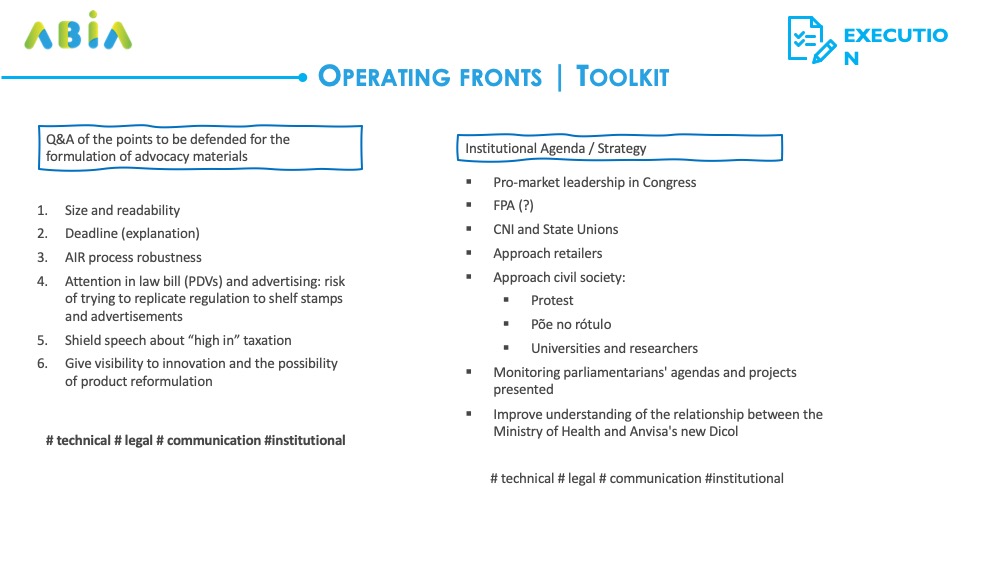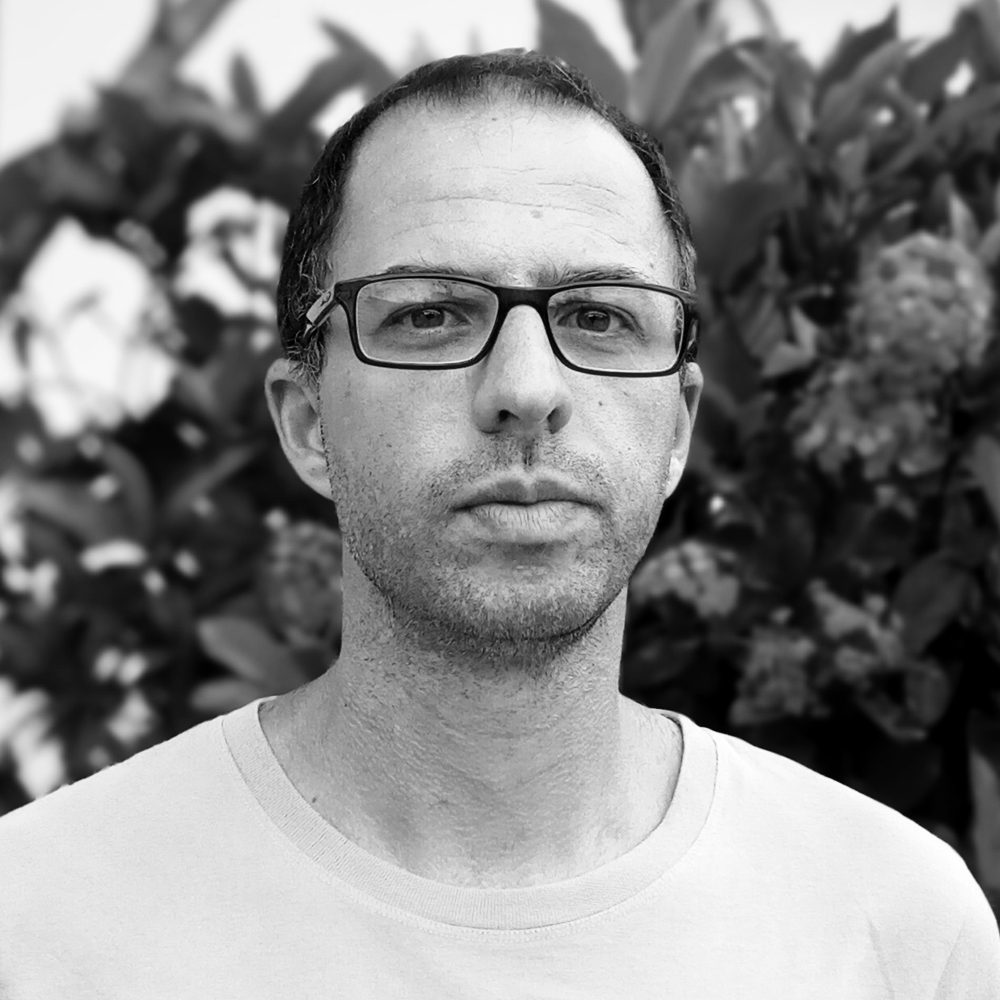A document obtained by Joio reveals the strategies of corporations to block the adoption of a labeling model that could discourage the consumption of ultra-processed products
It could have been the main public policy in Brazil in an attempt to contain the biggest causes of death associated with food in the country. However, it turned into a class in lobbying and in the industry’s ability to trample public health in the name of profits. A document obtained by O Joio e O Trigo and The Intercept provides a tutorial on how corporations such as Nestlé, Danone, Bauducco and Pepsico manage to weaken and distort public policies – in this case, a regulation on product labeling.
The document of the Brazilian Association of the Food Industry (Associação Brasileira da Indústria de Alimentos, Abia) is dated precisely from October 2020, the month in which Anvisa, the Brazilian public health agency, decided the country will have magnifying glasses on the front of the packaging.
The agency confirmed what was expected, ignoring scientific evidence showing that warning signs about excess salt, sugar and fats would be more effective in discouraging the consumption of ultra-processed foods – something recommended by the Brazilian Dietary Guidelines. The Brazilian model will have black rectangles, with a magnifying glass warning if a product has excess saturated fats, added sugars and sodium.

There are some significant differences between the two models. The idea of the warnings is to display a symbol for each excess nutrient, while the magnifying glass compresses everything into a rectangle. Thus, in the case of warnings, children and illiterate people are able to understand what a product is “high in”, and make their decision based on the number of warnings.
As these purchasing decisions are made very quickly, scientific evidence also points to the logic of using a symbol by nutrient, since it works better. In addition, the warnings have already been tested in practice in South American countries, while the magnifying glasses are in a lengthy process of discussion in Canada.
The importance of the document we obtained is precisely the systematization of strategies. It goes over, point-by-point, what was done to neutralize the creation of a model that, in fact, fulfilled the purpose of discouraging the consumption of ultra-processed products. Another significant aspect is the corporations’ next steps to ensure that Anvisa’s decision is maintained.
The document is a presentation made by Abia’s Technical Department – in this article, you will find the translated version. Therefore, it is necessary to look at this file keeping in mind the maxim that the tale grows in the telling. As it is a legal report to financing corporations, it is possible that those responsible for it maximize their own importance at certain stages.
In short, Brazil will have a labeling system that may or may not work. Therefore, if there had been no action by civil society, this agenda might not have progressed or it could have reached a useless outcome from the point of view of public health. In a scenario of total chaos and bolsonarismo, Anvisa’s final result is better than the average of the last two years.
A Bit of Background
Chronic, non-communicable diseases such as diabetes, cancer and cardiovascular diseases are the cause of three out of four deaths in Brazil. Worldwide, they represent seven of the ten leading causes of death, a process that has advanced at an accelerated rate since the 1990s. Alcohol, food, cigarettes and lack of physical activity are the four central factors in this equation.
Governments around the world have begun to wonder what the public policy agenda should be to address this issue. In the second half of the past decade, Anvisa discussed a complete list of policies for food, along the lines of what had been done successfully with cigarettes, especially addressing advertising regulation. Brazil would be far ahead of time in this field.
But Abia went to court claiming that the agency went beyond its legal role in regulating this matter. At that time, the corporations concluded that the federal agency can enforce legislation, but cannot create rules. The judicial decision not only overturned the resolution, but also drew a line that Anvisa could never overstep.
In 2011, Mercosur began to discuss the adoption of a labeling system that could actually encourage healthy eating. In 2014, Anvisa created a work group to analyze the issue. At that time, what became the main point of concern for corporations did not yet exist: the system created by Chile in 2016, with warnings in the shape of octagons similar to traffic signs. The document obtained by Joio is clear in this: “The worst scenario – avoid it”.

1. Change with the wind
The industry then began always to adapt its discourse and proposals according to the reality of the moment. In order to participate in the game, they tried to convince Anvisa that the best possible system would be a green, yellow and red traffic light. One of the creators of this mechanism, Mike Rayner from Oxford University, admits that it does not work satisfactorily, so much so that he participated in a public letter in favor of warnings in the Chilean model.
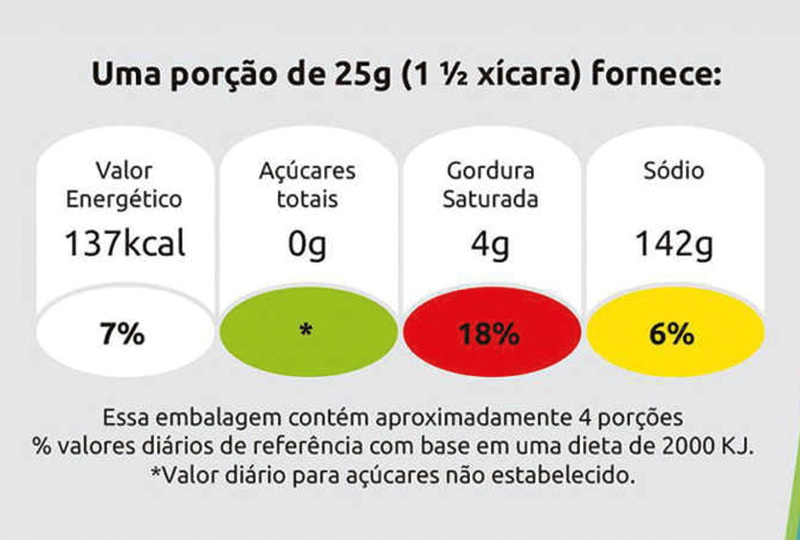
In Brazil, this warning system was adopted by the Brazilian Institute for Consumer Defense (Instituto Brasileiro de Defesa do Consumidor, Idec) with the support of the Panamerican Health Organization and the Alliance for Adequate and Healthy Diets (Aliança pela Alimentação Adequada e Saudável), a coalition of non-governmental organizations and researchers. The model was an adaptation of the Chilean format, with triangles in place of octagons. In the meantime, Peru and Uruguay also adopted the octagons, which were later incorporated by Mexico.

2. The industry, united, will never be defeated
The document points to the formation of the Labeling Network. as fundamental. It is a coalition of business associations. Often, they are the same thing: the same corporations that are in one organization are also in another. However, in this grouping, there are also companies from the packaging area, additives manufacturers and supermarkets. It is a warning: if you want to cross the line again, the fight will be huge.

3. Increase the pressure
In May 2018, Anvisa released a first report in which it made clear the preference for warnings. The agency’s analysis was that the scientific evidence produced until then showed that this labeling system played a significant role in encouraging healthier choices. In addition, it wanted to prohibit the use of nutritional claims on any label with warnings. For example, a product “high in sodium” could not display any positive message about the presence of fibers, vitamins, minerals, as was done in Chile.

The traffic light was out of the game, at least on the labels. But, at that moment, the yellow light went on in the industry, as shown on page 40 of the document. It was then that the toolbox opened. At the end of July, Abia went to the president Michel Temer, who put public pressure on Anvisa – the agency, in theory, that has autonomy in relation to the Executive Branch.
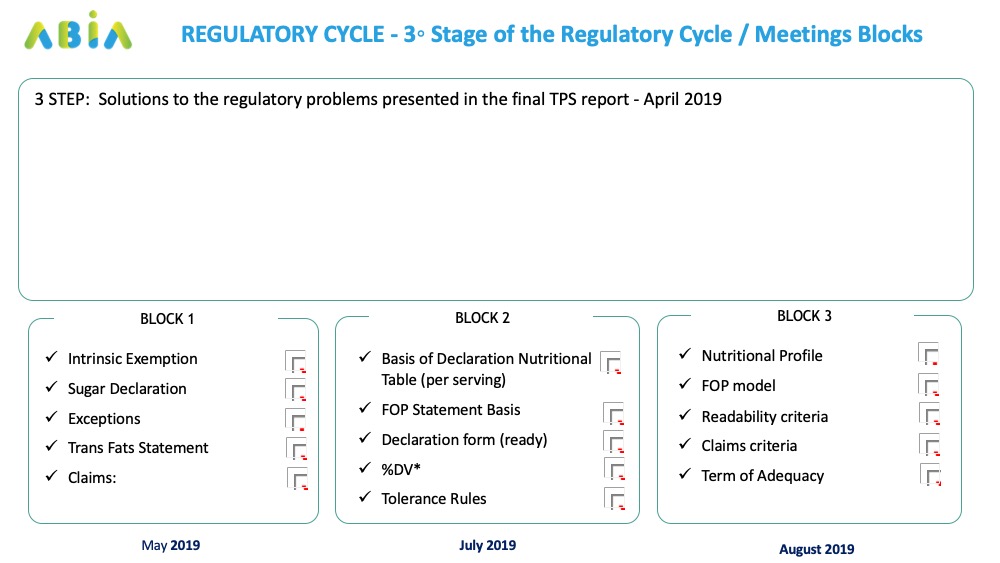
4. Sow economic chaos
In early September, the business association fulfilled the classic task of using economic power as an instrument of pressure. A study by GO Associados, a consultancy that usually provides services to corporations in the sector, estimated a negative impact of R$ 100 billion (about US$ 15 billion) and the direct loss of two million jobs. The analysis basically assumed that everyone who declared, in an opinion survey, that they disliked the warnings would simply stop eating – really!
5. Simulate independence
The hiring of strategic consultants is, by the way, one of the points listed in the document. This is a common item in the operation of corporations around the world: hiring opinions, scientific studies, opinion polls that try to sow doubt in public policy makers. In this case, one of the companies mentioned is Sonia Tucunduva Philippi, a retired professor at USP’s School of Public Health. The document implies that Philippi participated in the discussion about how the table of nutritional information should be presented: in portions or in grams.

6. Conquer the general
In the same month, Michel Temer appointed William Dib, an ally, a former federal deputy for the PSDB and director of Anvisa since 2016, as president of the agency. Right away, the politician stated that he would not accept the adoption of the warnings, threatening to go against the technical area. Documents uncovered showed how, before taking office, Dib had told Abia representatives, behind closed doors, that he would try to avoid approval of the warning system – something he had never said in public.
7. And reap the results
Then came the third stage of the discussion at Anvisa, and the industry’s winter turned into summer, as shown on page 38 of the document. In September 2019, the Anvisa’s General Food Management changed its position. The final report, called Regulatory Impact Analysis, contained a statement contrary to the warnings and clearly leaning on a magnifying glass model similar to that adopted in Canada – a compromise between the warnings and the traffic light.
In addition, the industry could continue to use inconsistent claims. Thus, a product could have a “High in sugar” label, but still be advertised as “Rich in vitamins”.
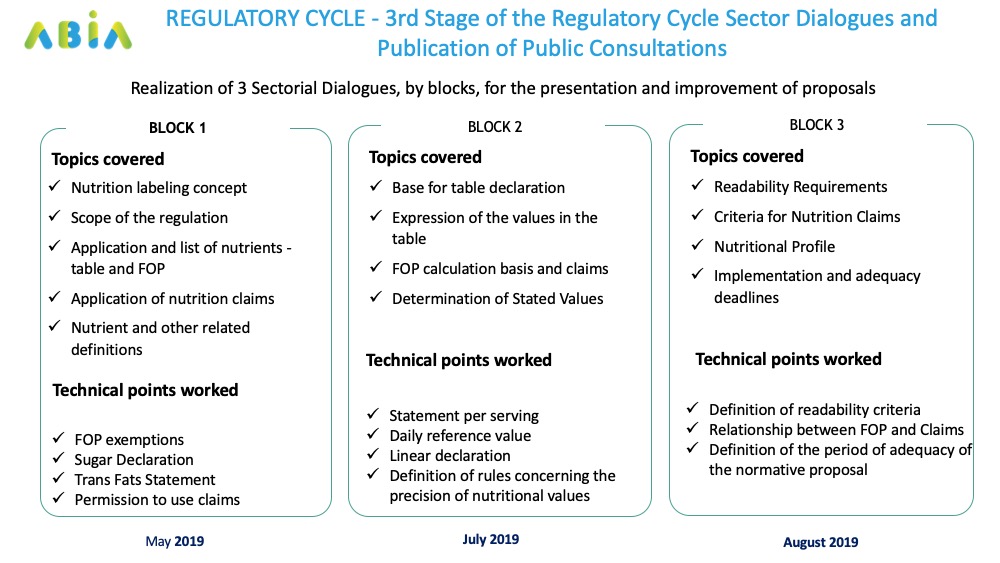
8. Help distort evidence
The Regulatory Impact Analysis said that magnifiers and warnings have a similar function. However, in one of the scientific studies commissioned by the agency, a curious element would have emerged: “The presence of this seal frightened me”, with a higher score for the triangles.
The survey, conducted by the Center for Studies in Epidemiology and Nutrition of the University of Brasilia with 2,400 people, addressed this issue of fear at the request of the agency. Reading the results, there is nothing to support the conclusion set out in the public report: the most that could be surmised from an isolated question is that there is a need for further research. Would it be necessary to understand what that fear is, and what people would do to face it – would they stop consuming or would they become indifferent to the warnings?
The clear distortion of scientific evidence reinforced the idea that the game was fixed. Fear was precisely one of the tools most used by the industry. Based on a survey by Ibope, an opinion poll, Nestlé and other companies declared that the warnings caused fear in people.
During the public consultation, the members of the center for studies at UnB submitted a document in which they expressed disagreement with the agency’s interpretation. “In relation to the item ‘The presence of this seal frightened me’, we clarify that the question, due to its simplicity, does not in any way qualify or discriminate against this basic emotion, of varying meanings and intensity according to psychology.”
9. Negotiate each detail
Between May 2018 and September 2019, that is, between the publication of the two main reports on the subject, Anvisa remained silent. However, the apparent calm concealed many meetings behind closed doors. This is one of the most significant aspects of the document we obtained: through it, we learned not only how much the General Food Management and Abia negotiated, but we found that the level of detail of the discussions was higher than what was disclosed, revealing the minutiae of regulation.
10. Make friends
It is not surprising. Successive directors have expressed the position that Anvisa’s role is to mediate the tensions between public health and private profit. Analyzing the directors’ agendas throughout 2019, we saw that 90% of the meetings were with companies.
Regarding the general manager of Food, Thalita Antony de Souza Lima, 86% of the commitments were with corporations.
Lima, by the way, received public praise from the director of Abia (in the video mentioned above) and, shortly after the labeling decision, she gave an interview to ILSI, a think tank maintained by ultra-processed foods corporations to mediate the relationship between science favorable to the sponsors and public bodies. The institute created by Coca-Cola has been frequently denounced in recent years for manipulating scientific evidence, which does not seem to concern the general manager of Food: “I understand that there is a symbiotic relationship between the agency and ILSI Brazil, in which both institutions benefit from working together.”
Between September 2019 and the final decision, the corporations launched a new offensive to neutralize the last points of contention, as shown on page 45. Again, victory. They managed to reduce the size of the magnifying glass that should be placed on the packaging – it is a ready-made joke: you will need a magnifying glass to see Anvisa’s magnifying glass.
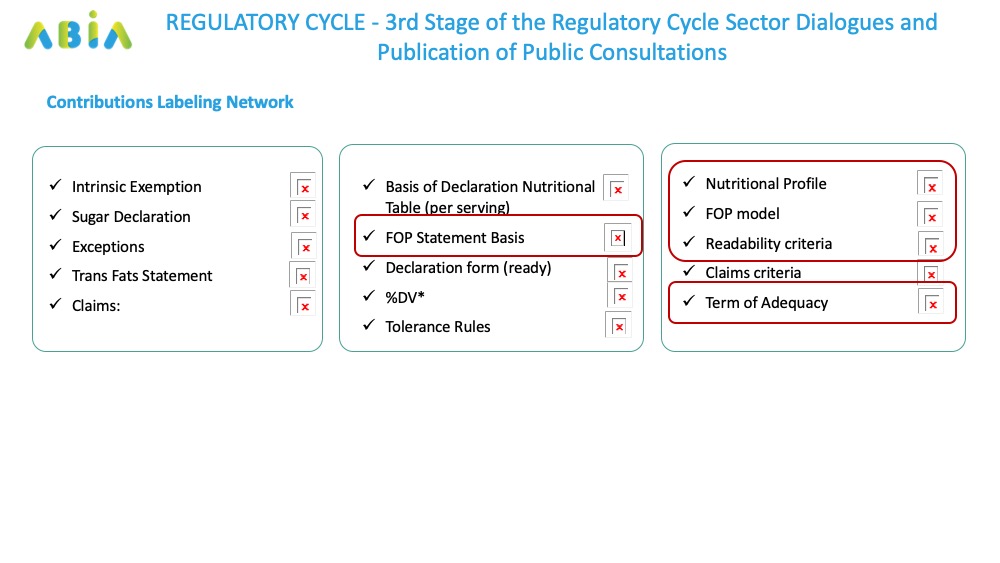
11. Shape the policy
They also managed to weaken the nutrient profile, that is, the limits of salt, sugars and fats used to define whether or not a product should carry the seal. In addition, Anvisa decided on only three key nutrients: saturated fats, sodium and added sugars. Initially, organizations from society asked for a complete package, like the one adopted by Mexico. There, the labels also warn about the presence of sweeteners and trans fats, an important measure for children’s products.
The scientific evidence on labeling makes it clear that a small change can completely alter the consumer’s understanding and, therefore, the effectiveness of a given system. The expression “added”, that accompanies the word “sugars”, has not been tested in practice, so we don’t know if it will affect people’s perception and understanding. However, since the agency decided to ignore the best science, one more hit does not hurt.
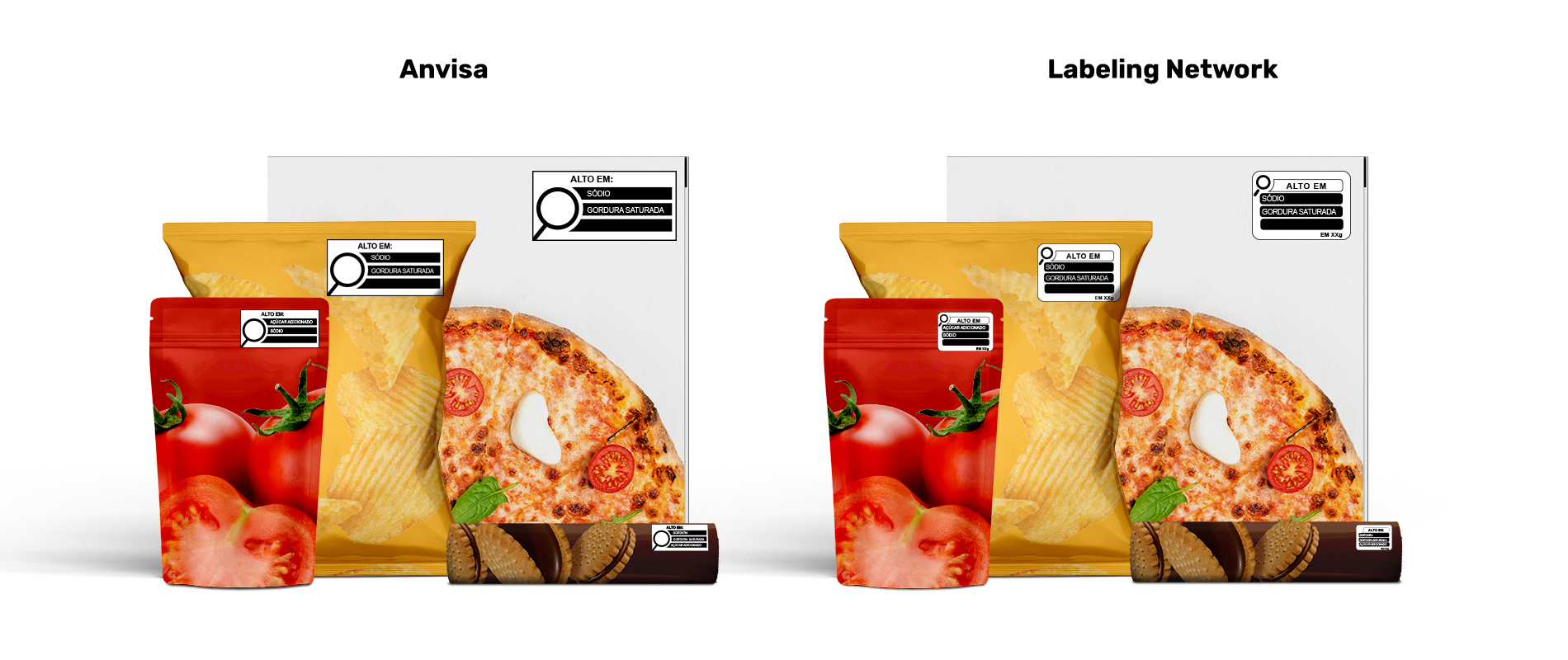
12. Save time
Most of the contributions submitted during the public consultation asked for a short adaptation period. After all, we are facing a health emergency. But the agency was deeply generous with the industry, and set 24 months for the start of the adaptation process.
The products that are already on the market will have one more year, that is, three years in total. And drinks with returnable packaging will have five years, a (negative) record among all American countries that have already adopted a labeling system.
The agency accepted, on loan, another of Abia’s tools: that it takes time to adapt packaging. In Chile, the same corporations also painted a cataclysm, but what happened was the opposite: the packaging sector had to hire even more people to make the changes on time.
The argument also ignores the obvious: when these companies want, they adapt packaging extremely quickly. A practical example was right in front of Anvisa’s face when the pandemic came and, with it, within weeks several packages were transformed to try to profit from people’s fears in terms of immunity and infection.
In Uruguay, on the eve of the implementation of the warnings, a decree was issued that benefited the corporations by extending the deadline and weakening the nutrient profile. And they did not complain at all about not having time to adapt. But, again, the agency buried its head in the sand.
13. Nip the dangers in the bud
The main aspect of the document is in the final part, when Abia plans the next steps. “Objective: to reinforce the victory points (votes of the Collegiate Board) and to shield Anvisa’s decision based on technical and scientific support.” Nothing like the passage of time: as we showed in 2010 – when it was defeated on the decision about marketing – the industry judicialized the case and was not satisfied with the repeal of the resolution.
Among the points to be neutralized, Abia cites Mercosur: if the regional bloc ultimately adopts a stronger regulation than the Brazilian one, it may force Anvisa to reopen the discussion. In 2017 and 2018, while the discussion here was going against the tide, the corporations tried to move the board pieces in Mercosur, at the same time that they threatened to advance a bill, that had been presented a decade earlier, in the National Congress.
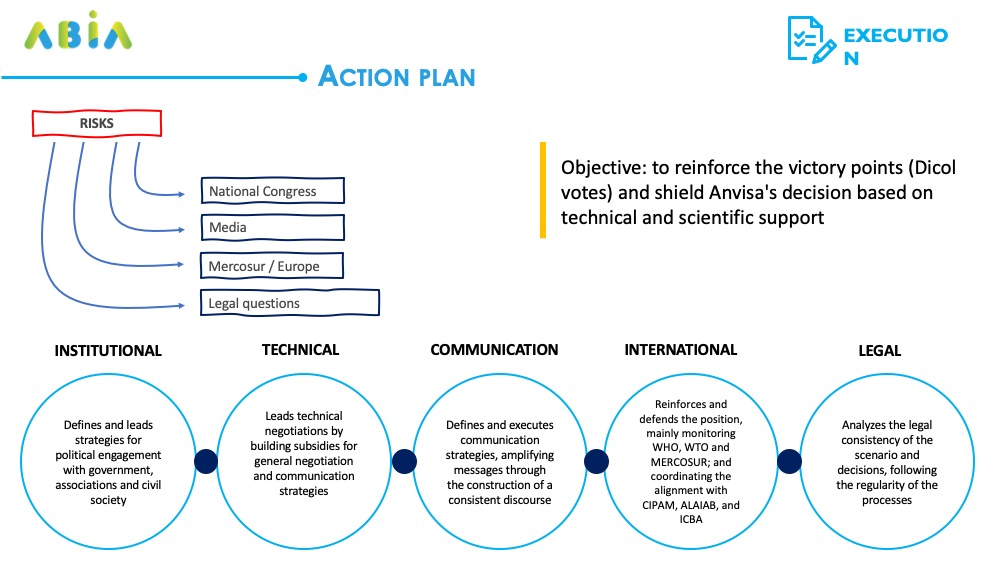
Still, in the legislature, Abia talks about promoting an approximation of pro-market leaders and the Parliamentary Front of Agriculture (Frente Parlamentar da Agropecuária, FPA), the so-called ruralist bench: again, an imprecise point, considering that the food corporations are part of the FPA.
A clear concern lies in the possibility of people taking ownership of the magnifying glasses. In other countries, especially Chile and Mexico, the warnings have become popular signals, which ended up being used on other occasions, as political demonstrations, and resulted in direct actions by society, such as the placement of stamps at points of sale.
In the same vein, Abia does not hide its fear that the next step will be the adoption of special taxes on products that carry stamps. But, that’s another story.
